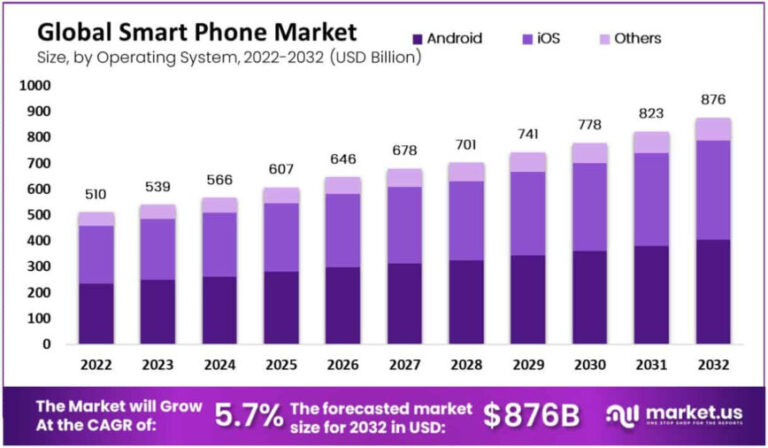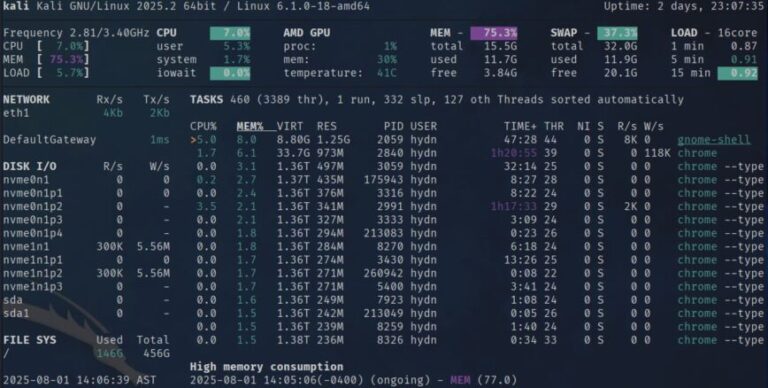
The biggest thing business leaders fear is pushback and adoption issues for new tools. They need to drive the right narrative for their teams to adopt software effectively. They need to articulate the pains and gains of adopting new software, the tradeoffs involved, and why the gains matter for the company’s growth, as well as the growth of the team and individuals.
They focus only on one aspect – the project/task management.
They are built keeping in mind internal teams. They assume it is one organization working on an initiative and have workarounds for collaboration across companies.
Traditional tools have 2 key problems:
With the automation of project lifecycles, how much time does Rocketlane’s tool save on average per project, and how do businesses utilize this extra time to enhance project outcomes?
Think about an automated mail from a leader reaching out to a customer who just rated a milestone 3-stars, asking “what could we have done to make this a 5-star experience for you?”, or a leader working with the client-side sponsor to prioritize things when they are notified that a critical milestone has slipped by 4 days or the dates have been pushed out twice.
Welcome to our interview with Srikrishnan Ganesan, Co-founder of Rocketlane. Rocketlane is revolutionizing service delivery for modern teams with its innovative platform, which integrates onboarding, implementation, and professional services workflows. This powerful tool enhances collaboration, ensures projects are completed on time and within budget, and boosts customer satisfaction and profitability.
Remote teams need their Project Management tools to evolve into all-in-one delivery tools which serve as the system of record, system of action, and system of intelligence for the team to know what to do next and to get help from the system to execute on their efforts. AI can play a huge role in suggesting next-best actions, monitoring project health, and drafting content, actions, notes, and more automatically for the team members to confirm and use in their projects. Remote teams will be well-served with the ability of tools to standardize their way of working, and a prescriptive approach from systems that can help them be less hero-driven, and more system-driven, ensuring the success of their projects.
Given the high rate of project failures across industries, how have proactive project governance and early warning systems in Rocketlane helped companies mitigate risks?
One of our customers working with their client in the supply chain and transportation industry was able to drive a large project with multiple stakeholders across geographies forward in an accelerated manner by providing leadership with the program-level view of how things were moving in each of their deployments across locations, leading to a sense of competition and faster progress by the individual teams.
What challenges do businesses face with traditional project management tools in managing remote teams and how does advanced project management software like Rocketlane address these challenges?
How has the integrated client portal in Rocketlane transformed the way companies interact with clients during projects? Can you give an example of how real-time feedback changed the course of a project?
Rocketlane is purpose-built for scenarios with a vendor, a client, and potentially a partner working together on projects. This means there are unique experiences around project governance, keeping teams up to date, showing and hiding the right amount of information for each party, streamlining the project delivery experience, building efficiency into it, and collecting feedback around the delivery journey. With remote members – both internal and external, the communication, expectations, etc can all be set right from the get-go with ease.
Can you share a specific instance where transitioning to an innovative project management system significantly impacted a project? What changes did you notice in the team’s performance and client interactions?
The awareness that the leader on the client side has access to this portal to see which tasks are waiting on, the last minutes of meetings, the latest status update, the documents you are working on together, etc., means client team members are more responsive in what they need to get done on projects.
It is also a very different experience for clients to not have to search through emails to find specific documents or notes, but be able to browse through a well-organized client portal to find content, resources, action items, etc., in one place.
What makes Rocketlane stand out is that it isn’t “one more tool” that a project manager needs to use, but rather tries to be the “all-in-one” experience that a project manager desires. It becomes the system of record, action, and intelligence for a project delivery team.
Moving from traditional tools to Rocketlane’s unified workspace must be a significant shift. How do businesses adapt to this new system, and what are their initial impressions?
The unified experience, coupled with uniquely robust templating (across projects, tasks, documents, status updates, project communication, forms, etc), internal vs customer shareable views, powerful automation and project health signals, advanced skills, and resource management, project accounting, etc., all make the software special for companies executing on client projects with a need to be on-time, on-budget, with the right accountability on both sides.
By Randy Ferguson
Most of them start with moving the project management, documents, and project status communication to Rocketlane as step 1. They can also bring in third-party content they use as-is in the “embedded spaces” experience in Rocketlane. They then see the collaboration grow with the customer on the platform and experience customer communication happening more on-platform. Their customers often express how they like the experience and this leads to them adopting more capabilities.
Could you describe a situation where the ability to customize client visibility was crucial to the success of a project? How did Rocketlane enable this?
Despite the dissatisfaction among many project managers with their existing outdated tools, what makes Rocketlane stand out? What features specifically meet the needs of companies that other tools fail to address?
With only a small percentage of businesses using project management tools effectively, how do you advocate for technological adoption within your network or industry based on your experiences?
Looking towards the future, how do you see project management evolving, especially for remote teams? What features or innovations do you think will be crucial for further enhancing productivity and project success?
Working with partners, another client was able to abstract away messy partner communication from the customer, leading to a more professional and seamless experience for the customer – which again resulted in faster expansion of the customer relationship from the positive experience they had.
The automation results in 4-5 hours saved each week for project managers, which can be utilized towards taking on more projects or billable work. But more importantly, the project timelines can also shrink, resulting in happier clients, and more bandwidth to take on more projects per project team or pod each year. A 30% to 50% increase in projects that a team can execute is not uncommon.
Rocketlane has had customers like Jirav, Growth Molecules, Webengage, etc., who have seen drastic improvements in project timelines shrinking, and in customer satisfaction around project delivery. This happens because the system creates the right visibility, which in turn creates accountability from all parties involved, including the client side – a common problem in many client projects. When you hold teams accountable with ease, this results in smoother execution, better results, and happier clients. Remember, for the project sponsor on the client side, the buck always stops at you – you are responsible for making the project a success and bringing together all resources, managing the initiative, and driving success working with all team members on all sides.
Running projects with customers involves a lot of collaboration, follow-ups, feedback, meetings, approvals, and also creating the right kind of updates that help them consume the information they care about.
Rocketlane is built to be more “all-in-one” for project delivery. it standardizes how you deliver, and brings projects, documents, meetings, status updates, hand-offs, CSATs, effort tracking, financial tracking, and resource management into one unified experience. This enables a remote services team to move from reactive management to proactive warnings around delivery slippage, budget slippage, customer sentiment, and more. This increases the chances of successful project delivery by creating the right visibility and accountability for every contributor in the project.
The accountability and problem-solving that proactive leadership involvement enables have reduced slippage by over 30% for one of our clients in the financial domain.
The goal of governance automation and early warning systems in Rocketlane is to surface risks early and systematically. Project health alerts should not be down to a team member raising their hand for help – very often they are too shy to ask for help or do it when it is too late. If this can be system-driven instead, leaders are able to intervene and offer help before things go south.
A customer of ours in the GTM tech and AI space saw a 4-star review on an early deliverable on a project and was quickly able to reach out and understand where they couldn’t meet the expectations well and turn things around to deliver a 5-star experience for their largest customer. This resulted in growing trust in the partnership and led to a 60% expansion of the account within 2 quarters of launching the first initiative together.
Creating the right level of client visibility enables leaders and POCs on the client side to be focused on what’s critical for them to steer the project forward and have a clear understanding of their own responsibilities. Sending the appropriate project communication and creating the right views help shine the spotlight on potential risks or bottlenecks as well, ahead of time.






